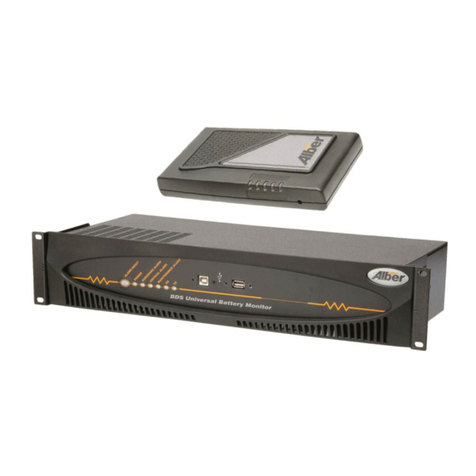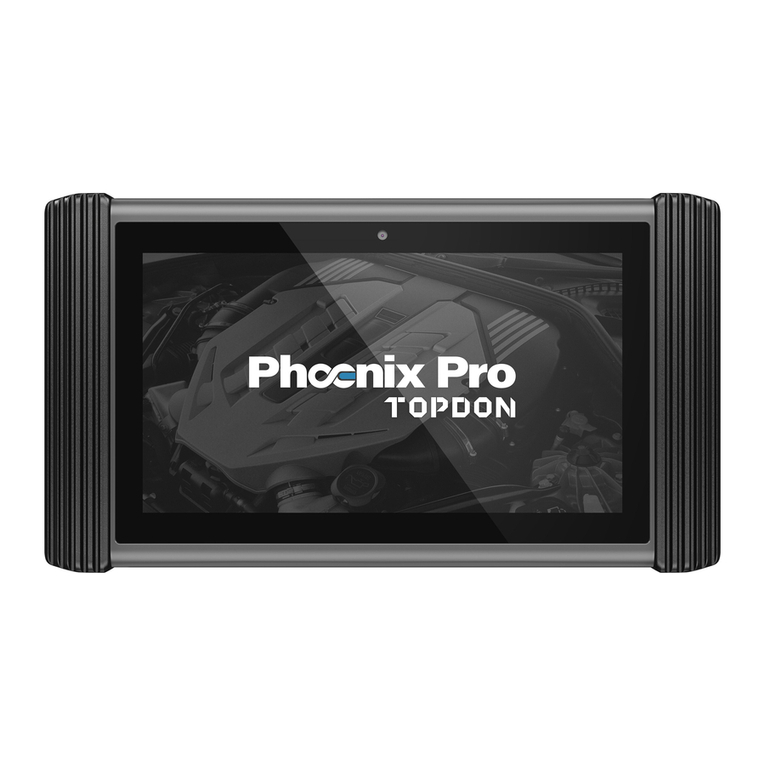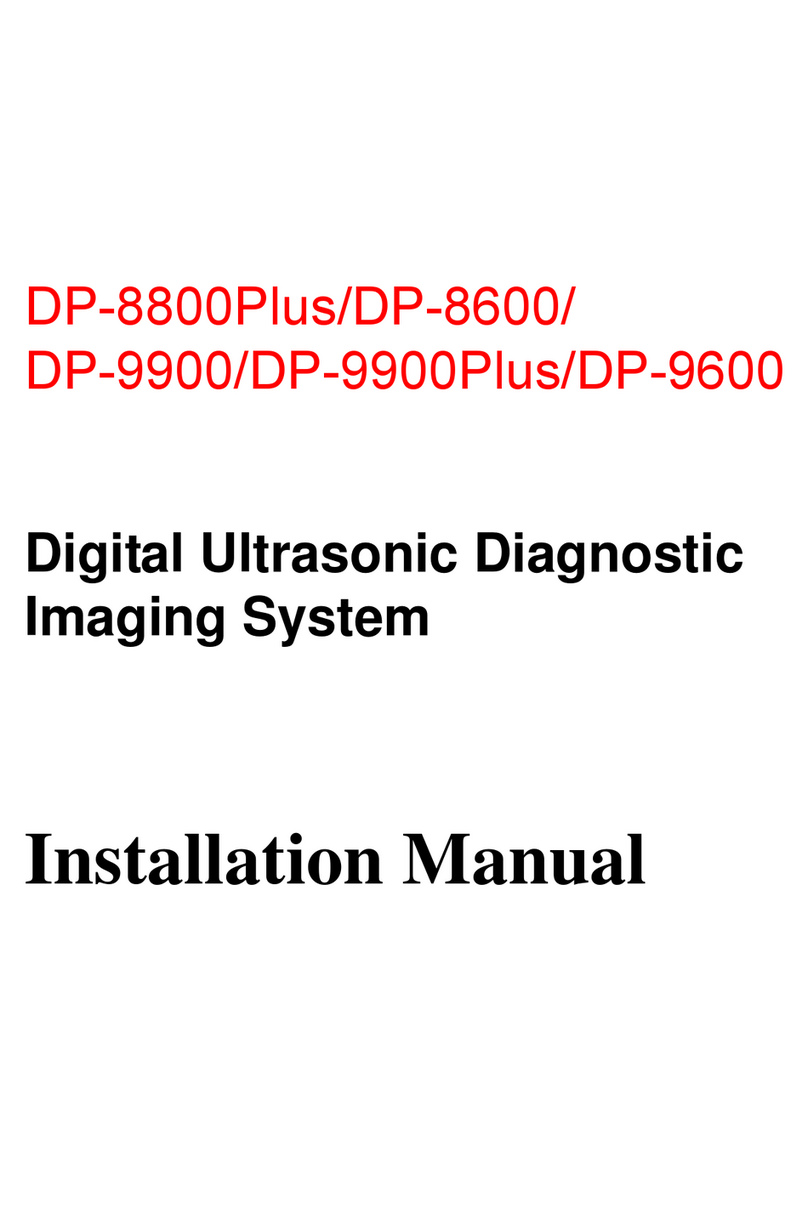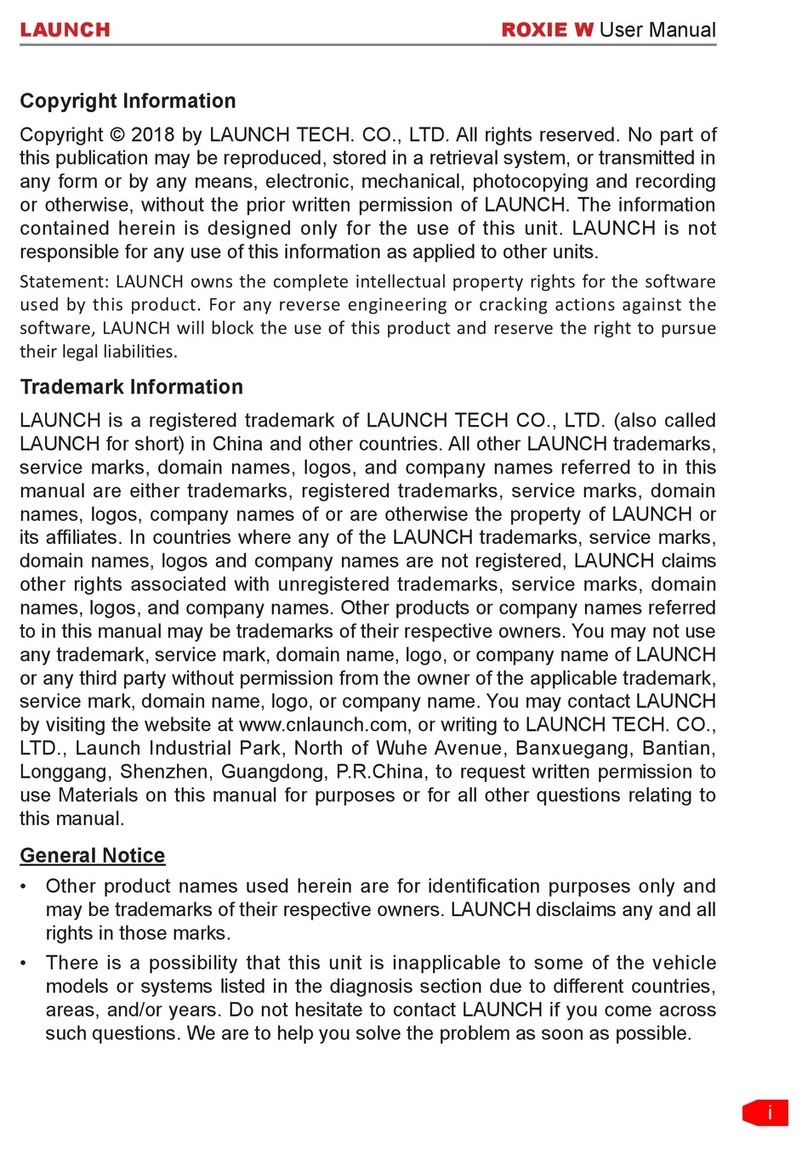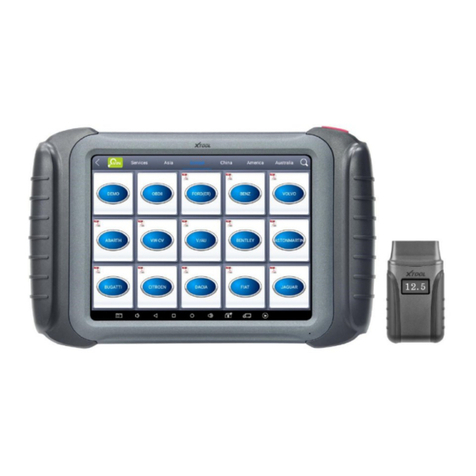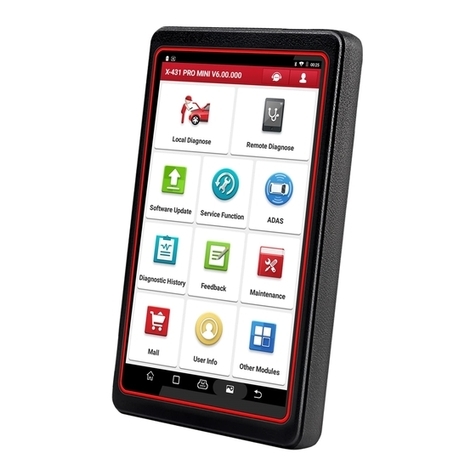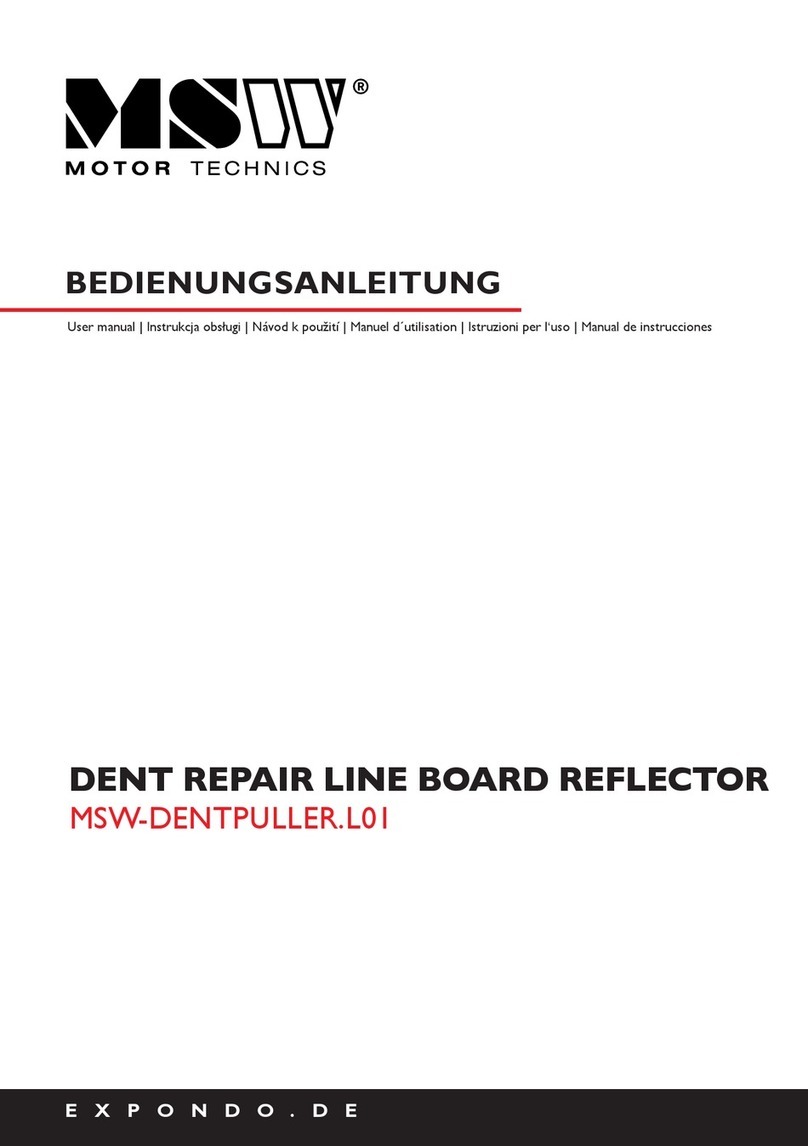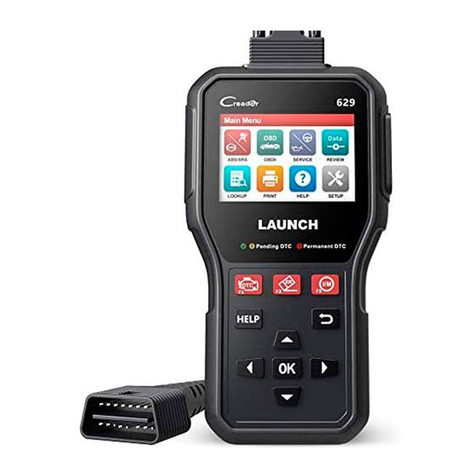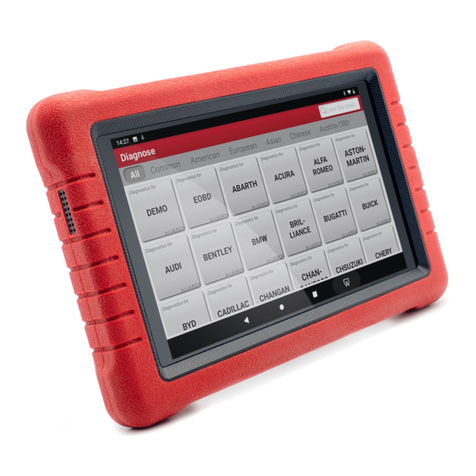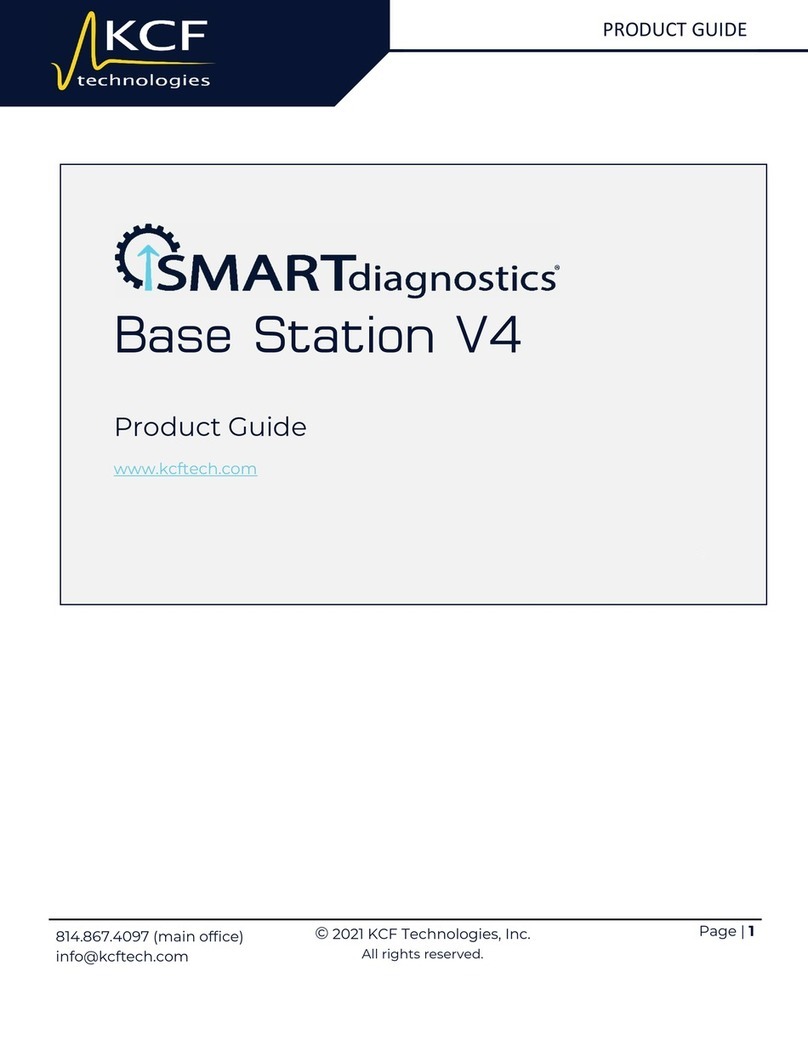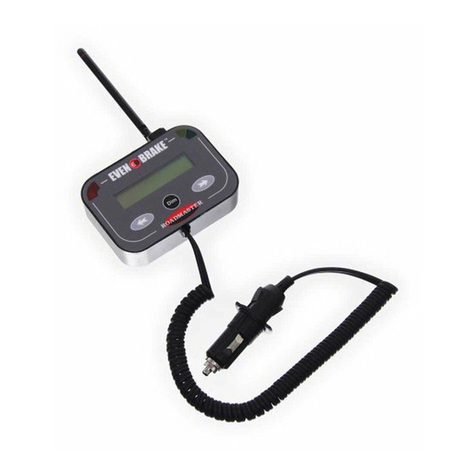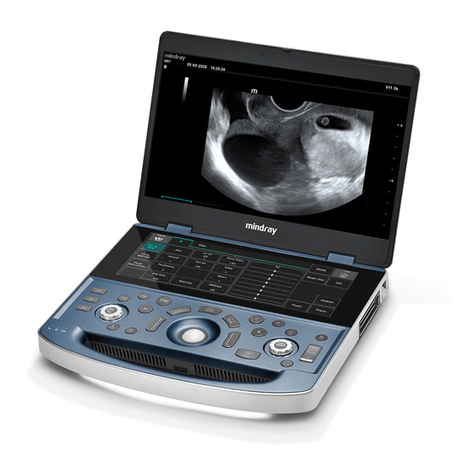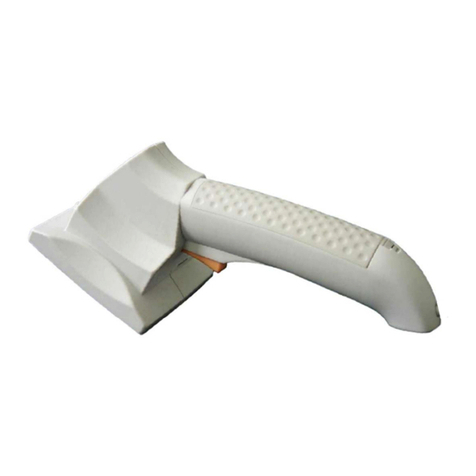Konica Minolta SONIMAGE HS2 User manual

EN 01


3
Introduction ................7
Read First ...............................8
How to use this document ................8
Organization of the operation manual .......9
Notational conventions used in this
document...................... 9
About notational convention of the system ..10
About operating procedure ..............10
How to view the screens / images plotted in
this document .................10
Trademarks and copyrights .............. 11
Safety Precautions & Warnings .............12
Safety Alert Symbol ....................12
Warning Notice (Signal Words) ........... 12
Notice relating to information security ...... 13
Labels .................................15
Main unit of the system .................16
Transducer (Option).................... 16
Pole Cart2 (Option) ....................17
Power Extension Unit2 (Option). . . . . . . . . . . 18
CW kit (Option) .......................18
Foot Switch (Dual) (Option) ..............18
Foot Switch (Triple) (Option) .............19
Battery ..............................19
Three-port probe unit (Option) ............20
Reference Signal Unit (Option) ...........20
Keyboard kit (Option)...................21
VESA attachment (Option)............... 22
Acoustic Stando (Option) ............... 22
Description of symbols.................. 23
Description of graphic symbols ...........26
Important Information .....................35
Disclaimer ..............................39
Software License ........................40
Support ................................41
Chapter 1
Product Overview ..........43
1.1 Intended Use .......................44
1.1.1 Indication for Use Statements .....44
1.1.2 Contraindication. . . . . . . . . . . . . . . . 44
1.2 Features...........................45
1.3 Operating Principles .................46
1.4 Specications.......................47
1.5 Patient Environment .................48
1.6 System Conguration and Part Name ....49
1.6.1 Standard Conguration ..........49
1.6.2 Part Name .................... 50
1.6.3 Mini Console ..................52
1.6.4 Side Panel / Rear Panel .........57
1.6.5 Monitor. . . . . . . . . . . . . . . . . . . . . . . 59
1.6.6 Compatible Peripheral Devices ....63
1.6.7 Connectable Transducers and
Biopsy Brackets................ 65
1.6.8 List of Optional Items............ 66
Chapter 2
Before Examination.........69
2.1 Installation .........................70
2.1.1 Moving the System .............70
2.1.2 Connecting the Transducer .......72
2.1.3 Three-Port Probe Unit ...........74
2.2 Power Supply Cord Connection and
Battery Capacity ....................75
2.2.1 Connecting the Battery ..........75
2.2.2 Connecting the AC Adapter ....... 75
2.2.3 Battery Capacity ...............77
2.3 Power ON/OFF .....................79
2.3.1 Turn ON the Power ............. 79
2.3.2 Turn OFF the Power ............79
2.3.3 Standby ......................80
2.3.4 Security Functions..............81
2.4 External Device Link .................83
2.4.1 ImagePilot Link ................83
2.4.2 Reader Device Link .............83
2.4.3 DICOM Worklist................ 83
Chapter 3
Starting Examination........85
3.1 Study Screen .......................86
3.1.1 Layout of the Study Screen .......86
3.1.2 Displaying Common Data ........ 88
3.2 Examination Flow ...................93
3.3 Registering Patient Information .........96
3.3.1 Layout of the Patient Screen ......96
3.3.2 Entering Letters Using the Software
Keyboard .....................98
3.3.3 Entering Patient Information ......99
3.4 Exam Type Selection ................103
3.4.1 Select Preset / User Preset to Start
Examination.................. 104
3.5 Patient Search .....................105
3.5.1 Archive Screen ...............105
3.5.2 Searching ...................106
3.6 Edit and Delete Patient Information .....109
3.6.1 Editing Patient Information ......109
3.6.2 Deleting Patient Information and
Study Data................... 110
3.7 Data Backup ...................... 111
3.7.1 Backup / Restore Screen. . . . . . . . 111
3.8 Resuming Examination ..............120
3.9 Emergency Examination .............121
3.9.1 Examination by Auto ID .........121
Contents

Contents
4
Chapter 4
Diagnosis Mode...........123
4.1 Basic Operation ....................124
4.1.1 Menu Pop-up Window ..........125
4.1.2 Operation Buttons .............126
4.1.3 Display of Ultrasound Image and
Orientation...................129
4.2 Changing Exam Type or Preset during
Examination .......................130
4.2.1 Changing Exam Type Using the
Shortcut Window .............. 130
4.2.2 Registering User Preset ........132
4.3 Diagnosis Mode Types ..............134
4.4 Basic Scanning Mode ...............136
4.4.1 B-mode .....................136
4.4.2 M-mode .....................140
4.4.3 Color Flow-mode .............. 144
4.4.4 Power Doppler-mode. . . . . . . . . . . 146
4.4.5 2D-TDI-mode................. 148
4.4.6 SCF-mode ...................150
4.4.7 Elastography-mode ............152
4.4.8 PW Doppler-mode.............156
4.4.9 PW-TDI-mode ................158
4.4.10 CW Doppler-mode.............160
4.5 Mixed Mode .......................162
4.6 Multi-image Mode ..................164
4.6.1 Dual Mode ................... 164
4.6.2 Split Mode ...................166
4.6.3 Trace Mode .................. 167
4.7 ECG Mode ........................168
4.7.1 Connecting the optional Reference
Signal Unit ................... 169
4.7.2 ECG Cable and Electrode
Positions ....................170
4.7.3 Starting the ECG Display. . . . . . . . 171
4.7.4 ECG Pop-up Menu ............173
4.7.5 ECG Synchronization ..........174
4.7.6 ECG Finishing Procedure .......174
4.8 Panoramic View....................175
4.8.1 Capturing Panoramic Images ....175
4.8.2 Various Operations for Panoramic
Images...................... 178
Chapter 5
Common Function
in Ultrasound Images ......181
5.1 Cine .............................182
5.1.1 Cine Playback ................182
5.1.2 Cine Operation ...............183
5.1.3 Cine Pop-up Menu. . . . . . . . . . . . . 183
5.1.4 Cine Clip Store ...............184
5.2 Body Mark ........................185
5.2.1 Body Mark Menu ..............185
5.2.2 Edit Menu ...................187
5.3 Text (Annotation) ...................188
5.3.1 Start of Text .................. 188
5.3.2 Text Pop-up Menu .............190
5.3.3 Extended List................. 191
5.3.4 Entering Registered Annotation... 192
5.3.5 Entering Annotation Using Software
Keyboard ....................193
5.3.6 List of Other Operations ........193
5.4 Measurement......................194
5.4.1 Measurement Basic Operation ...194
5.4.2 Basic Measurement Items List ...196
5.4.3 Application Measurement and
Report ......................199
5.5 RA Work Flow .....................200
5.6 Common Functions .................201
5.6.1 Operation Items...............201
5.6.2 Direct Touch and Drag.......... 203
5.6.3 Full display mode. . . . . . . . . . . . . . 208
5.6.4 Touch invalidation mode ........ 209
5.6.5 Left/right Layout Switch Function . 210
5.6.6 Map editing function ........... 211
5.6.7 Library Function............... 213
5.6.8 Voice Control .................216
5.6.9 Hypoechoic Region
Characterization Function ....... 217
Chapter 6
Reviewing, Printing,
and Transferring Images....219
6.1 Storing Images.....................220
6.1.1 Storing Still Images ............221
6.1.2 Storing Clips .................222
6.2 Thumbnail Function .................223
6.2.1 Displaying Thumbnails ......... 223
6.2.2 Browsing and Editing Images ....225
6.2.3 Deleting or Transferring Images
during Examination ............226
6.3 Printing Images ....................227
6.4 Transferring Image Data .............228

Contents
5
Chapter 7
Maintenance / Inspection ...233
7.1 Maintenance Checks Before and After
Use .............................234
7.1.1 Check before Turning ON the
Power ......................234
7.1.2 Check after Turning ON the
Power ......................234
7.1.3 Check after Turning OFF the
Power ......................235
7.2 Maintenance Check and Cleaning......236
7.2.1 Maintenance Check............ 236
7.2.2 Cleaning Procedures...........237
7.3 Periodic Inspection Check ............240
7.4 Consumables......................241
7.5 Disposal ..........................242
Chapter 8
Transducer and Biopsy.....243
8.1 Transducer........................244
8.1.1 Safety Precautions & Warnings for
Transducer ..................244
8.1.2 Specications of Transducer ..... 246
8.1.3 Transducer Part Names ........250
8.1.4 Daily Inspection of Transducer ... 253
8.1.5 Usage ......................253
8.1.6 Cleaning and Disinfection .......254
8.2 Biopsy ...........................256
8.2.1 Safety Precautions & Warnings for
Biopsy ......................256
8.2.2 Attachment of Biopsy Bracket and
Needle Guide. . . . . . . . . . . . . . . . . 257
8.2.3 Display of Biopsy Guide ........258
8.2.4 Layout of Guideline ............259
8.2.5 Biopsy Pop-up Menu ...........260
8.2.6 Simple Needle Visualization .....261
8.2.7 SNV Pop-up Menu. . . . . . . . . . . . . 262
8.2.8 Selection of Biopsy Bracket...... 264
8.3 Acoustic Stando...................265
8.3.1 Safety Precautions & Warnings for
Acoustic Stando.............. 265
8.3.2 Usage ......................266
8.3.3 Cleaning and Disinfection of
Acoustic Stando.............. 269
Chapter 9
MI/TI ....................271
9.1 Basic Knowledge of MI/TI ............272
9.2 MI/TI Display Description.............274
9.3 Parameters Aecting the MI/TI Values...275
9.4 Display Layout of MI/TI Values ........276
9.5 MI/TI Output Display ................277
9.5.1 Transmit Level Control .........277
9.5.2 Transmit Level Display .........278
9.6 Imaging Functions that Change Acoustic
Output ...........................279
9.7 Caution ..........................280
9.8 Acoustic Output ....................281
9.9 References for MI/TI ................282
Chapter 10
Acoustic Output...........283
10.1 Acoustic Output Reference ...........284
10.1.1 Transducer Technical Data and
Acoustic Output ............... 284
Chapter 11
Others...................287
11.1 Troubleshooting ....................288
11.2 Error Code List.....................291
11.3 Accuracy of Measurement ............297
11.3.1 Causes of Measurement Errors. . . 297
11.3.2 Accuracy of Each Clinical
Measurement Parameter........ 298
11.4 Conformance Standards .............300
11.5 Safety Classication ................301
11.6 Electromagnetic Emissions and
Electromagnetic Immunity ............302
11.7 Check List for Maintenance Check:
Before and after use ................304

6

7
Introduction

8
CAUTION
Federal law restricts this device to sale by or on the order of a physician.
Thank you for purchasing the ultrasound system SONIMAGE HS2 series (hereinafter described "the system").
This operation manual describes the precautions, procedures and instructions for use / operation of the system. Be-
fore using the system, thoroughly read and understand this operation manual.
Keep this document handy for easy future reference.
How to use this document
This document is intended for persons who are familiar with diagnostic ultrasound systems. Make sure that the sys-
tem is used by a doctor or under the supervision of a doctor. Clinical trial guidance and medical procedures are not
provided in this document.
There is no reference made to diagnostic outcomes or assessments in this document. Before making a nal diagno-
sis, conrm the measurement result obtained from each application by measurement data.
To help a user acquires optimal images, the system is preset before shipping. Normally, it will be unnecessary for a
user to make major adjustments to the system. If a user wishes to change image settings, the user can recongure
the appropriate items.
Konica Minolta shall in no event be liable for any defect that arises in connection with the system software being run
on any computer other than the system.
Before using the system, carefully read and thoroughly understand Safety Precautions & Warnings in the beginning
of this operation manual.
For safe use of the system, make sure to read "Introduction" and "Chapter 7 Maintenance / Inspection" in this docu-
ment before using.
IMPORTANT
•••••••••••••••••••••••••••••••••••••••••••••••••••••••••••••••••••••••••••••••••••••••••••••••••••••
• This document contains all the options available in the system.
Some of the options may not be usable depending on the combination of the selected options.
• The optional functions and specications listed in this document are subject to change without prior notice.
•••••••••••••••••••••••••••••••••••••••••••••••••••••••••••••••••••••••••••••••••••••••••••••••••••••••••••••••••••••
Read First

9
Read First
Organization of the operation manual
The operation manuals consist of the following volumes.
zOperation Manual: Fundamentals
It describes basic information on the system, such as setup for the system, part names, basic operations, common
operations, the description of each mode, and maintenance. After completing initial setups, use it as a procedure
manual for starting an examination and also as a measurement manual.
zOperation Manual: Applications
Mainly focusing on measurement functions, the mode-specic procedures of an examination are described. In addi-
tion, the general scope of applications of the system, including Compare View or Review of study data and various
setups, are described.
zAcoustic Power Manual
Data and reference concerning acoustic output are summarized. Refer to it as necessary.
zStart-up Guide
A ow of operations, basic operations, frequently used functions, etc. are excerpted. For details, refer to the "Opera-
tion Manual: Fundamentals" and "Operation Manual: Applications".
zNotes on safety
Describes safety precautions so they can be easily understood.
Notational conventions used in this document
DANGER
Indicates an imminently hazardous situation which, if not avoided, will result in death or serious injury.
WARNING
Indicates a potentially hazardous situation which, if not avoided, could result in death or serious injury.
CAUTION
Indicates a potentially hazardous situation which, if not avoided, could result in minor or moderate injury. It may also
be used to indicate hazardous situation where only physical damage is likely to occur.
IMPORTANT
Information concerning the installation, operation, maintenance, points to note, etc. of the system. It does not de-
scribe any possible dangerous procedures.
HINT
Description of operational reference information.
Reference
Indication of items and pages to be referred to. Refer to them as necessary.

10
Read First
About notational convention of the system
Options, such as screen names / button names / on-screen choices, are surrounded by [ ].
Buttons are composed of the push buttons on the mini console and those selective buttons to be touched for the
desired operation on the LCD monitor screen. However, button assignments are mentioned based on the default set-
tings.
For a push button on the mini console → XX button
For an on-screen button → [ ] button
Example)
FREEZE → FREEZE button
About operating procedure
Operations are numbered in order of operational order for illustrative purposes.
The description of the procedures does not always start on the top study screen.
">" is used to show which button or option on the top screen a user should select to switch to the target screen.
Example)
For an operating procedure to be started by pressing the [ ] button in the menu section on the [ ] screen and by
pressing [ ] button
[] screen > [ ] button > [ ] button
How to view the screens / images plotted in this document
The gures and images listed in this document are developed as a form of sample image, non-ultrasound gure or
image, or illustration. Settings, such as a screen menu layout and the number of on-screen buttons, vary depending
on the presets of the system, and the extraction conditions of an ultrasound image dier according to the transducer
and mode used or the observed area. Use the plotted gures and images as a guide to understand the procedures.

11
Read First
Trademarks and copyrights
Windows is a registered trademark of Microsoft Corporation in the United States and other countries.
CIDEZYME®and CIDEX®OPA are registered trademarks of Advanced Sterilization Products.
SDHC Logo is a trademark of SD-3C, LLC.
Company names, logos, and product names in the manual other than the above are trademarks or registered trade-
marks of corresponding companies.
CAB32.DLL
Copyright © 1998-2002 K.Miyauchi
This library is based in part on the Microsoft Cabinet Software Development Kit.
VS-FlexGrid
Copyright © 2001-2007 ComponentOne LLC.
libHaru
Copyright © 1999-2006 Takeshi Kanno
Copyright © 2007-2009 Antony Dovgal
The program has been modied partially.
• This manual may not be reprinted in part or in whole without prior consent.
• The contents of this manual are subject to change without notice.
Copyright © 2020 Konica Minolta, Inc. All Rights Reserved.

12
Safety Alert Symbol
This is the "safety alert symbol". This symbol alerts
you to matters and/or operation potentially hazardous
to yourself and other people. Read these messages
and follow the instructions carefully.
Warning Notice (Signal Words)
Signal words indicate the degree of potential hazards
in the use of the product.
Signal words include the following three types, which
are used according to risk of damage caused by dan-
ger and the severity of damage.
DANGER
Indicates an imminently hazardous situation which, if
not avoided, will result in death or serious injury.
WARNING
Indicates a potentially hazardous situation which, if not
avoided, could result in death or serious injury.
CAUTION
Indicates a potentially hazardous situation which, if
not avoided, could result in minor or moderate injury.
It may also be used to indicate hazardous situation
where only physical damage is likely to occur.
Safety Precautions & Warnings
zThere are DANGERs, WARNINGs, and CAU-
TIONs at following pages.
DANGER
• "1.1 Intended Use"
• "8.1.1 Safety Precautions & Warnings for Trans-
ducer"
• "8.3.1 Safety Precautions & Warnings for Acous-
tic Stando"
WARNING
• "1.1 Intended Use"
• "2.2 Power Supply Cord Connection and Battery
Capacity"
• "4.7 ECG Mode"
• "7.2.2 Cleaning Procedures"
• "8.1.1 Safety Precautions & Warnings for Trans-
ducer"
• "8.1.4 Daily Inspection of Transducer"
• "8.1.6 Cleaning and Disinfection"
• "8.2.1 Safety Precautions & Warnings for Bi-
opsy"
• "8.2.6 Simple Needle Visualization"
• "8.3.1 Safety Precautions & Warnings for Acous-
tic Stando"
CAUTION
• "1.6.3 Mini Console"
• "2.1 Installation"
• "2.1.1 Moving the System"
• "2.1.2 Connecting the Transducer"
• "2.3.1 Turn ON the Power"
• "3.3.3 Entering Patient Information"
• "4.7 ECG Mode"
• "4.8 Panoramic View"
• "5.4 Measurement"
• "5.6.8 Voice Control"
• "7.2.2 Cleaning Procedures"
• "8.1.1 Safety Precautions & Warnings for Trans-
ducer"
• "8.1.4 Daily Inspection of Transducer"
• "8.1.6 Cleaning and Disinfection"
• "8.2.1 Safety Precautions & Warnings for Bi-
opsy"
• "8.3.1 Safety Precautions & Warnings for Acous-
tic Stando"
• "9.7 Caution"

Safety Precautions & Warnings
13
CALIFORNIA, USA ONLY
This product contains a CR Lithium Battery
which contains
Perchlorate Material - special handling may
apply.
See
www.dtsc.ca.gov/hazardouswaste/per-
chlorate
This symbol means: Do not
dispose of this product together
with your household waste!
Please refer to the information
of your local community or con-
tact our dealers regarding the
proper handling of end-of-life
electric and electronic equip-
ments.
Recycling of this product will
help to conserve natural re-
sources and prevent potential
negative consequences for the
environment and human health
caused by inappropriate waste
handling.
0197
This symbol indicates that this device is in conformity
with the European Directive 93/42/EEC.
Notice relating to information security
WARNING
• Systems that have sustained cyber attacks, such
as an attack via networks, wireless interception or
website browsing, or that are infected by computer
viruses through external storage devices, which
are potentially harmful to computers (hereunder
referred to as "malware") may result in the erasure,
corruption, or unwanted disclosure of data stored
within this device, including personal and sensitive
patient information. Infections by malware may also
result in malfunction of the device, as well as caus-
ing the infection to spread to other products.
• This device may only be used in combination with
software conrmed to be safe and compatible, and
installed according to predetermined installation
procedures.
• The application of the latest security updates to the
Operating System on a periodic basis, as well as
providing for anti-virus software and updating virus
denition les on a regular basis, are considered ef-
fective in preventing cyber attacks and the infection
of the system by malware.
• Please take appropriate measures in accordance
with the application notices for security patches and
the procedural manual. Please refer to a Konica Mi-
nolta service representative for details.
• To prevent cyber attacks, including the infection of
the device by malware, take note of the following:
– Do not connect the device to any equipment not
certied for connection to the device.
– Do not install any software that we have not ap-
proved for use.
– Do not uninstall software that has already been
installed.
– Do not delete the OS (operating system) or any
les and folders associated with the OS.
– Always conrm external storage media to be free
of malware prior to use.
– Use the device in a safe network environment
incorporating adequate security measures for the
prevention of malware infection.
– Refrain from any hazardous activity leading to
potential vulnerability against malware infection.
• Before you change the settings of any operating
system or application software that are not de-
scribed in this notice, please check with the Konica
Minolta service representative.

Safety Precautions & Warnings
14
• Take precautions not to allow others to see the de-
vice screen displaying sensitive patient information.
Privacy protection display lters should not be used
as such lters may adversely aect the appearance
of displayed images
• Take precautions not to allow others to operate the
device.
• Be sure to implement the following cyber-security
measures:
– Provide for an adequate level of information se-
curity measures within the facility using this de-
vice, and other facilities connected to the facility
via networks.
– Isolate the device from the connected network
immediately upon infection by malware, concur-
rently prohibiting the use of the infected device.
– Upon infection of the device by malware, or the
potential infection thereof, promptly contact Koni-
ca Minolta service representative.
• Please set a password that consists of several char-
acters, and include at least one special character.
In addition, when specifying the management policy
for your IDs and passwords, you should consider
recent trends in information security measures.

15
For safety use, labels that alert you to precautions for use are axed on the system.
Symbols on the warning labels ( , etc.) axed on the system refer to precautions regarding safety.
Information about labels is described in "Description of symbols" and the labels correspond to the numbers in the fol-
lowing gure. Read the Operation Manual carefully before using the system.
Location, appearance, and details of each warning label are as follows.
Please read following markings getting closer to a distance of approximately 30 cm.
(5)
(1)
(16)
(2)
(3)
(6)
(11)
(12)
(13)
(4)
(9)
(10)
(15)
(14)
(7)
(8)
Labels

16
Labels
Main unit of the system
No. Label Description
(1) Model label
Ax on the back side of the main unit.
**** *****
GS1
(01)
(21)
0197
-
**** **
-
**** *****
-
**************
(2) Windows label
Ax on the back side of the main unit.
(3) WARNING / CAUTION label
(4) Hot surface label
Ax on the back side of the main unit.
Transducer (Option)
No. Label Description
(5) Safety standards / Model label / WARN-
ING label
Example: Convex transducer

17
Labels
Pole Cart2 (Option)
No. Label Description
(6) Label of origin
Ax on the back side of the tray.
This marking can be read from the bottom part of the Pole Cart2.
(7) CAUTION label
(8) System total weight label
Maximum total mass
of the system
45 kg (99 lbs)
(9) Basket maximum load label

18
Labels
Power Extension Unit2 (Option)
No. Label Description
(10) Back side label
(11) Rating label
(12) CAUTION label
(13) PSE label (Power Extension Unit2)
CW kit (Option)
No. Label Description
(14) Label of origin
Ax on the back side of the main unit.
SONIMAGE HS1 CW Kit
SONIMAGE HS1 CW
㻜㻝㻥㻣
Foot Switch (Dual) (Option)
No. Label Description
(15) Label of origin
SONIMAGEHS1 Foot Switch(Dual)
SONIMAGEHS1
ڮ৴ই
㻜㻝㻥㻣

19
Labels
Foot Switch (Triple) (Option)
No. Label Description
(16) Label of origin
SONIMAGEHS1 Foot Switch (Triple)
SONIMAGEHS1
گ৴ই
㻜㻝㻥㻣
Battery
(17)
(18)
(20)
(19)
No. Label Description
(17) WARNING label
(18) Label of origin
(19) Label RoHS
(20) Rating label

20
Labels
Three-port probe unit (Option)
(22)
Printed on
the surface
(21)
No. Label Description
(21) Label of origin
SONIMAGE
HS1
Three
-
Port
Probe
Unit
SONIMAGE
HS1এشউটشঈఁঘ
㻜㻝㻥㻣
Reference Signal Unit (Option)
(23)
(26)
(25)
(24)
No. Label Description
(23) Part number
(24) WARNING label
Table of contents
